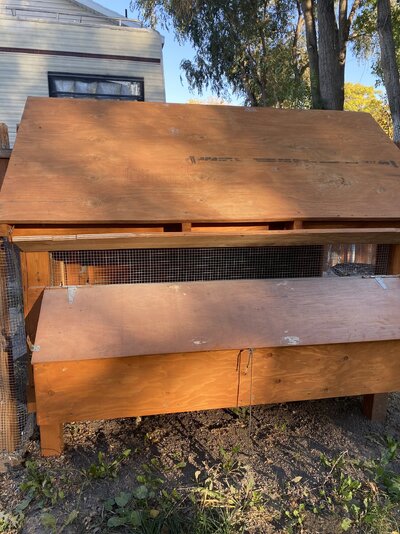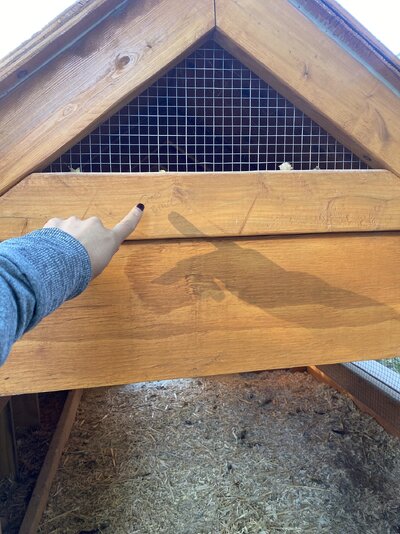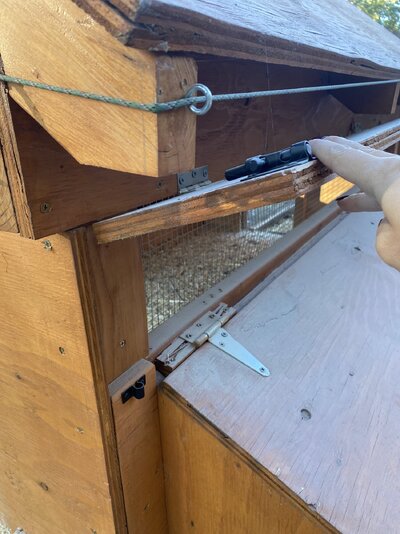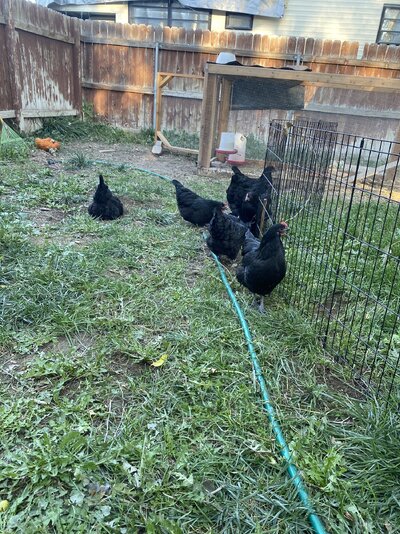Lauraadriana66
In the Brooder
- Jun 7, 2023
- 18
- 15
- 31
This is my first winter with my chicks , we live in northern Utah, it can get in the negative degrees but not double digits negative .. usually 20°-10°s … how should I winterize or is their own heat in the coop enough?







